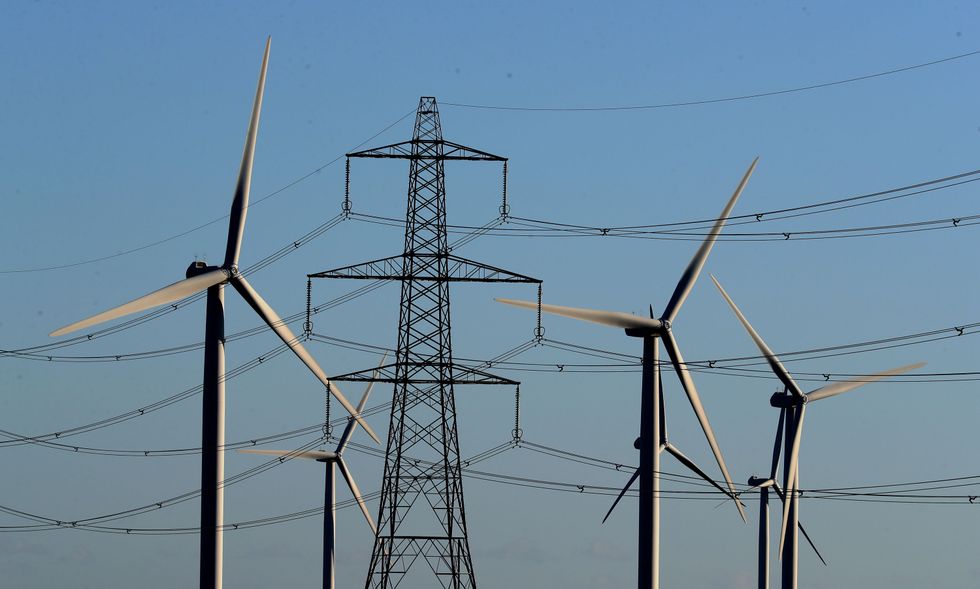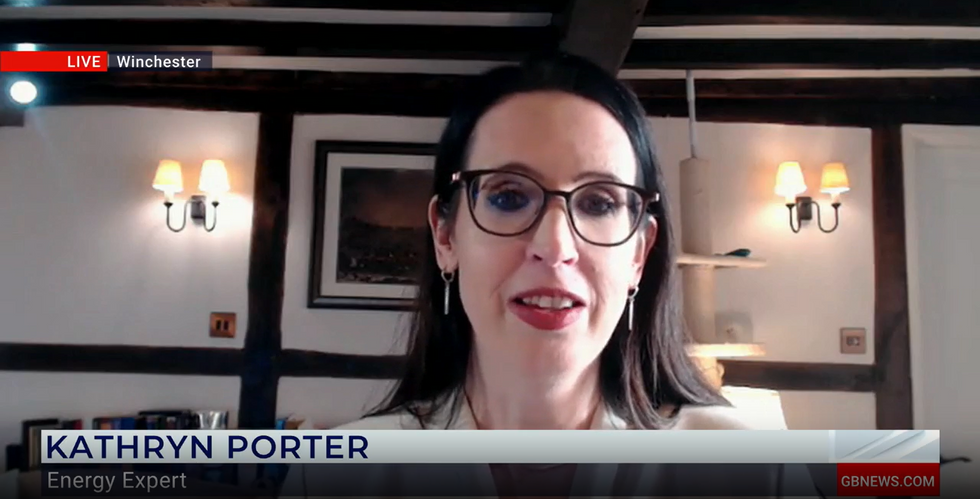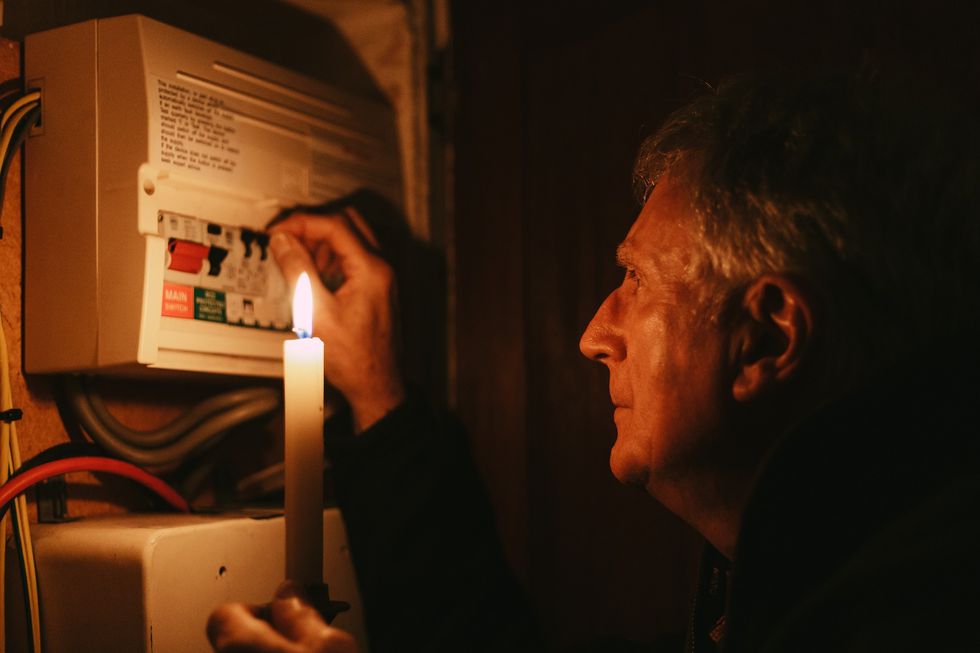Britain came dangerously close to power blackouts this week as freezing temperatures gripped the nation, forcing the National Energy System Operator (NESO) to request emergency power generation.
NESO called on power plant owners to produce an additional 1,700 megawatts of electricity - equivalent to the output of three gas-fired power plants - to maintain normal safety margins across England, Scotland and Wales.
The request came as temperatures plunged below zero across much of Britain.
NESO was quick to downplay concerns, emphasising there was no immediate threat to power supplies.
NESO called on power plant owners to produce an additional 1,700 megawatts of electricity
PA
Energy expert Kathryn Porter issued a stark warning about the situation's severity.
GB News
"The GB power market came within a whisker of blackouts.
"If that had happened three hours earlier, during the evening peak, there would have been a very high likelihood of blackouts."
When asked by GB News why that was the case, Porter replied: "We've been replacing conventional generation with renewables.
"And obviously, the problem is that when it's not windy and it's obviously not sunny, because the peak of demand in the winter happens at night time, the sun has already set. So you get zero contribution from solar power."
Late on Tuesday, NESO issued an electricity margin notice warning of a potential system margin shortfall of 1,120 megawatts for Wednesday evening.
Britain was very close to a blackout
Getty
The notice was issued as Britain entered a cold weather snap, coinciding with peak electricity demand times.
NESO also issued a capacity market notice, which was later cancelled.
Under this scheme, generators receive payments to ensure power generation availability during high-demand periods.
In the event of potential blackouts, the government would provide up to 48 hours' notice to allow households to prepare.
Any power cuts would typically last no more than three hours at a time, though this could vary depending on circumstances.

 By GB News (World News) | Created at 2025-01-10 14:23:05 | Updated at 2025-01-10 17:17:40
3 hours ago
By GB News (World News) | Created at 2025-01-10 14:23:05 | Updated at 2025-01-10 17:17:40
3 hours ago











